May 17, 2025 | 03:05 GMT +7
May 17, 2025 | 03:05 GMT +7
Hotline: 0913.378.918
May 17, 2025 | 03:05 GMT +7
Hotline: 0913.378.918
In recent times, the Party and the State have paid great attention to the issue of marine farming, with the policy of reducing exploitation and increasing aquaculture, focusing on marine farming because inland aquaculture is at a ceiling level.
Marine farming has been included in the Law on Fisheries 2017 and guiding decrees. The Prime Minister also issued Decision No. 1664/QD-TTg approving the project "Developing Marine Aquaculture Until 2030, with a Vision to 2045" and Decision No. 208/QD-TTg approving the project "Converting a Number of Fishing Occupations Affecting Resources and the Ecological Environment."
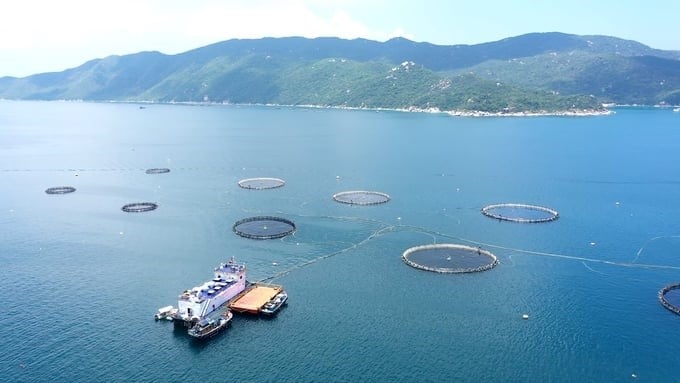
Marine farming has become a national strategic direction. Photo: Duy Hoc.
With a potential for marine exploitation of 3.9–4 million tons, 3.6 million tons have been exploited, close to the threshold, so reducing exploitation and increasing marine aquaculture (marine farming) is the direction considered by the fisheries industry as a solution to balance human needs with conservation, protection, and development of marine resources.
Dr. Nguyen Chu Hoi, Member of the 15th National Assembly and Permanent Vice Chairman of the Vietnam Fisheries Association, said: "Vietnam's sea is wide, with a large area and a lot of potential for marine farming. Accordingly, the opportunities are great, but there are also many challenges. The policy of developing marine farming was formed early because this is a good way to reduce pressure on marine resources when seafood exploitation in many areas has reached a threshold and long-term alternative solutions are needed. Marine farming has become a national strategic direction."
In recent times, Vietnam has been focusing on developing effective community-based aquaculture models such as seaweed farming, cottonii seaweed farming, or community-based aquaculture models in Phu Yen, Binh Dinh, Ca Mau, Kien Giang,etc. These models are developed according to the co-management method, both managing coastal exploitation and changing occupations for fishermen, thereby helping minimize destructive coastal exploitation activities.
In particular, models of developing community-based tourism combined with marine farming are bringing high economic efficiency to people, encouraging the development of marine farming.
Dr. Pham Anh Tuan, former Deputy Director General of the Directorate of Fisheries, said that the potential to combine marine farming development with tourism is huge, but to do this well, it is necessary to pay attention to three issues. First, it is mandatory to develop green, clean, and beautiful farming areas. Second, building a story is needed to attract tourists so that they will hear stories and learn about marine farming when coming. However, this is not a simple problem. Third, the owner must also be trained in tourism, creating professionalism in this field.
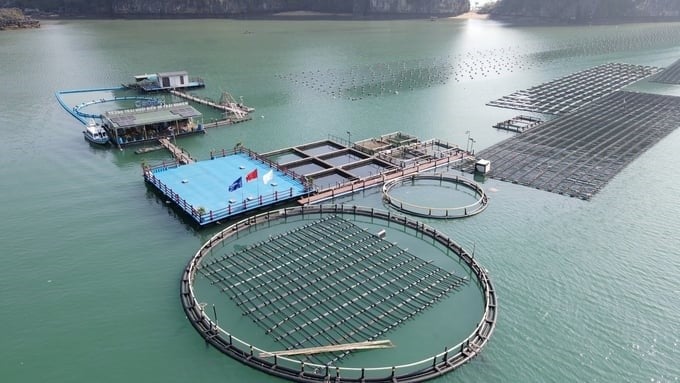
STP Group's marine farm combined with experiences on Phat Co island, Van Don, Quang Ninh. Photo: Duy Hoc.
Sharing the same opinion, Dr. Nguyen Chu Hoi said that not everywhere can combine aquaculture and tourism, but wherever we can, we should do so. However, to have high-quality marine and coastal tourism, the first requirement is to be clean. No one spends money to visit and experience dirty places. Even if they spend money, tourists only come once. Second, this model must be a "check-in" point for tourists. Third, there must be a separate story and a creative, attractive program associated with recreational fishing.
Marine farming associated with tourism will promote natural beauty and increase value for people. However, to harmoniously develop benefits and avoid conflicts, Dr. Nguyen Chu Hoi said that the tool to harmonize those benefits is based on the principle of having a coordination mechanism in action. At the same time, planning must be interdisciplinary and carefully discussed so that all stakeholders are satisfied.
"Developing aquaculture combined with tourism requires creative and attractive programs. Doing so will reduce conflicts, develop multiple benefits, and bring benefits for both sides," Dr. Nguyen Chu Hoi affirmed.
Translated by Thu Huyen
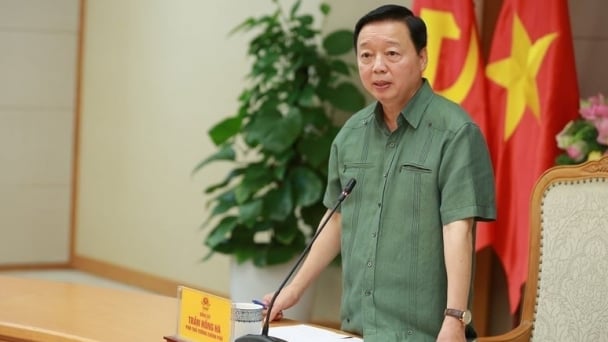
(VAN) Vietnam's draft amendment to Decree No. 156 proposes a mechanism for medicinal herb farming under forest canopies, linking economic development to population retention and the sustainable protection and development of forests.
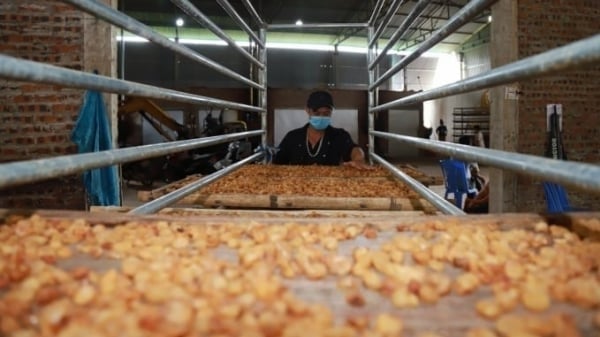
(VAN) In reality, many craft village models combined with tourism in Son La have proven effective, bringing significant economic benefits to rural communities.

(VAN) The international conference titled Carbon Market: International experiences and recommendations for Vietnam was successfully held recently in Ho Chi Minh City.
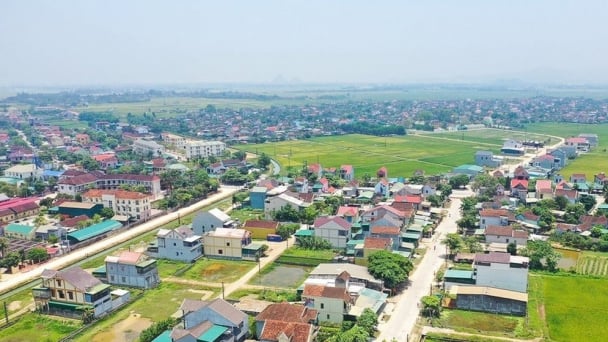
(VAN) According to the Project on rearranging provincial and communal administrative units, in 2025, the country will have 34 provinces/cities, 3,321 communes, wards, and special zones, and no district-level organization.
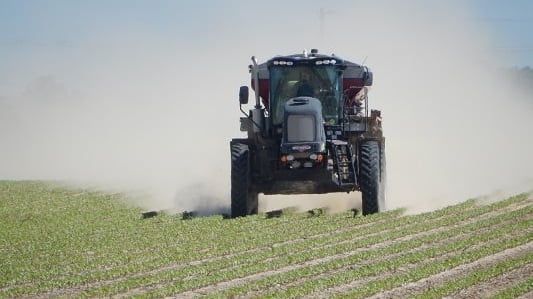
(VAN) The vice president of fertilizer with Stone X Group says the Trump administration’s tariffs are impacting fertilizer markets.
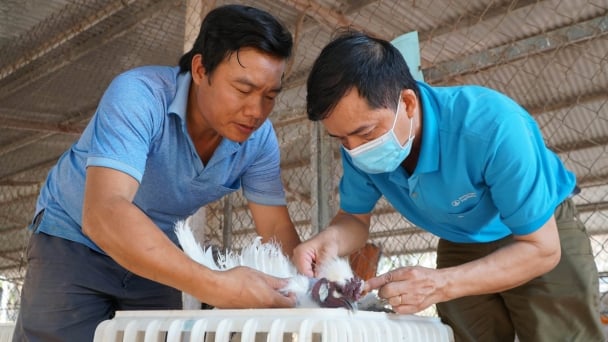
(VAN) Resolution 57 offers Vietnam a significant opportunity to narrow the global genetic technology disparity and convert its extensive genetic resources into commercial advantages.

(VAN) The Ministry of Agriculture and Environment will prioritize the implementation of five core and breakthrough solutions in science and technology, in addition to the seven groups of tasks identified in Decision No. 503.